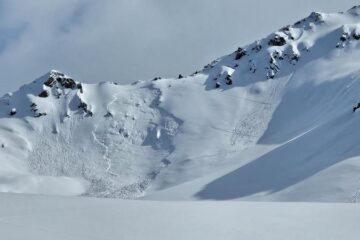Architecture and design help the brain to recover

New research from the University of Gothenburg, Sweden, into how the space around us affects the brain reveals that well-planned architecture, design and sensory stimulation increase patients’ ability to recover both physically and mentally. Digital textiles and multisensory spaces can make rehabilitation more effective and reduce the amount of time spent in care.
In an interdisciplinary research project, Kristina Sahlqvist has used research into the recovery of the brain to examine how hospitals can create better environments for rehabilitation.
“We want to help patients to get involved in their rehabilitation, a side effect of which can be an improvement in self-confidence,” says Sahlqvist, interior architect and researcher at the University of Gothenburg’s School of Design and Crafts (HDK).
The project drew on all the expertise used on a ward, with input from neurologists, rehabilitation doctors, nurses, psychologists, occupational therapists and physiotherapists. The result is a conceptual solution for an optimal rehabilitation ward.
“Our concept gives the ward a spatial heart, for example, where patients and their families can prepare food and eat together, which allows for a more normal way of spending time together in a hospital environment,” says Sahlqvist.
In tandem with her research work, she has teamed up with a designer and researcher at the Swedish School of Textiles in Borås on an artistic development project where they redesigned furniture, developed easy-grip cups and cutlery and used smart textiles, in other words textiles with technology embedded in them. The concept includes a table and chairs, a rug and a muff with integral heating, a cardigan with speakers and a soft bracelet that is also a remote control.
In order to measure and test the research theories Sahlgrenska University Hospital will be developing an intensive care room featuring multimodal stimulation, where all the senses are affected. The work involves an architect, doctors, hospital staff, musicians, a designer, an acoustician and a cognition specialist. In a bid to see what kind of results the environment can produce in practice, the researchers will take account of the entire social situation of patients, family and staff.
There are other interesting tricks in the field of neuroarchitecture, where it is possible, for example, to use spatial expressions to improve learning. Although these are currently used predominantly in schools, they could also have potential for the elderly.
“It’s worth wondering why there are so many educational models for preschool children but so few for the elderly. Many old people need a far more stimulating environment than they have at the moment,” says Sahlqvist.
For more information, please contact: Kristina Sahlqvist
Mobile: +46 (0)733 528 164
E-mail: kristina.sahlqvist@hdk.gu.se
Media Contact
More Information:
http://www.gu.seAll latest news from the category: Interdisciplinary Research
News and developments from the field of interdisciplinary research.
Among other topics, you can find stimulating reports and articles related to microsystems, emotions research, futures research and stratospheric research.
Newest articles

AI – Avalanche Intelligence at the SLF
Machine-trained algorithms assess the current avalanche situation in a similar way to humans – with different approaches, strengths and weaknesses. This text has been translated automatically. Forecast for Saturday, February…

Trotting robots reveal emergence of animal gait transitions
A four-legged robot trained with machine learning by EPFL researchers has learned to avoid falls by spontaneously switching between walking, trotting, and pronking – a milestone for roboticists as well…

Innovation promises to prevent power pole-top fires
Engineers in Australia have found a new way to make power-pole insulators resistant to fire and electrical sparking, promising to prevent dangerous pole-top fires and reduce blackouts. Pole-top fires pose…





















